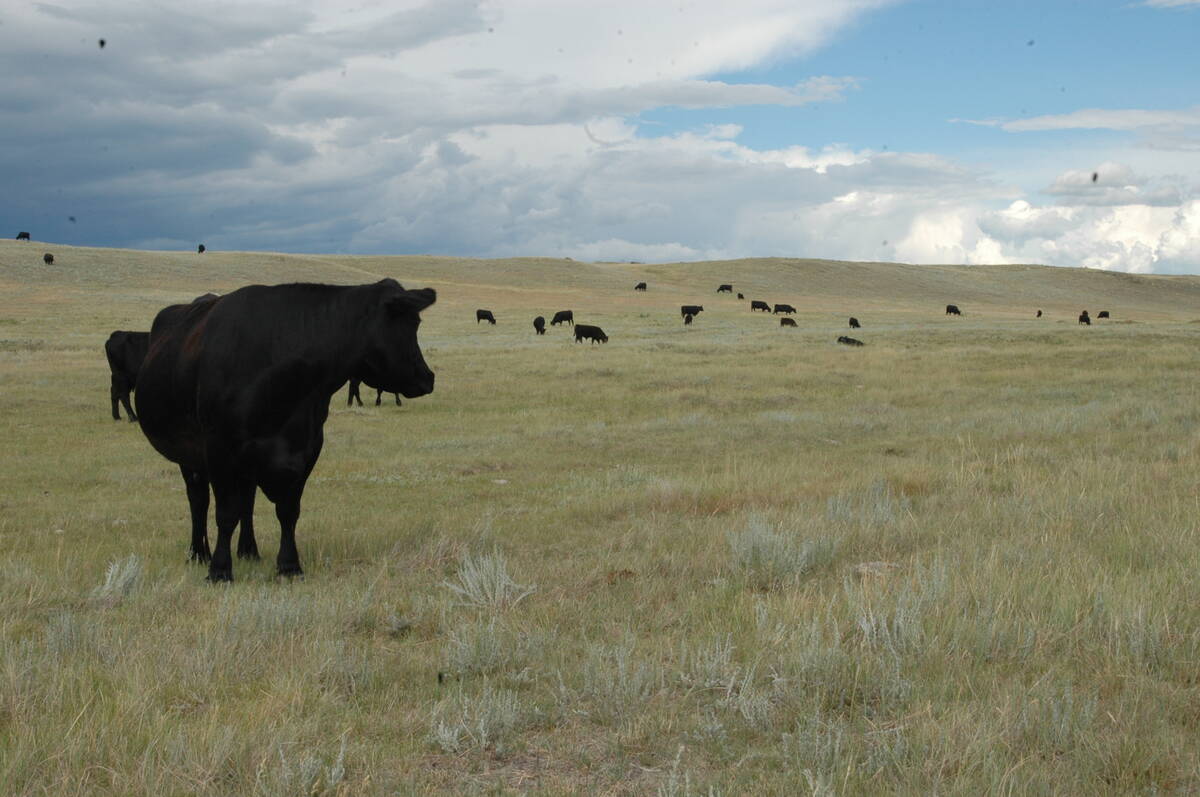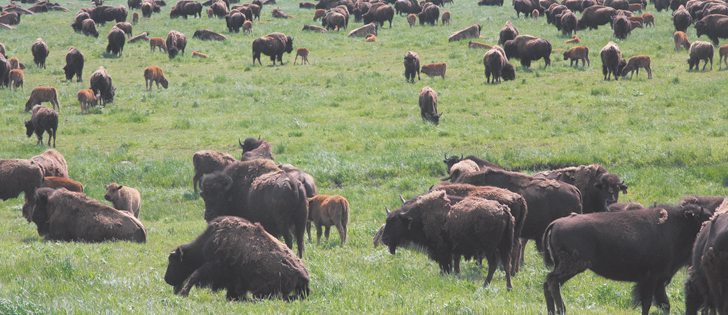Private ranchers worry the designation will hurt bison trade with the U.S.
The Canadian Bison Association says people should not confuse what a threatened species designation for wild Plains bison would mean for commercial operations.
The Committee on the Status of Endangered Wildlife in Canada has considered wild Plains bison threatened since May 2004. That status was re-examined and re-confirmed in November 2013.
However, the federal government has never added Plains bison to its list under species at risk legislation because it worried about the potential economic impact on private bison ranches.
CBA executive director Terry Kremeniuk said people must be aware that the committee’s recommendations are for public bison herds such as the one in Grasslands National Park.
Read Also

Canadian Food Inspection Agency slammed for handling of bovine tuberculosis case
The federal government leans heavily on producers to “take one for the team” and risk their livelihoods without any reassurance of support.
“They’re asking for feedback from stakeholders and people have until Oct. 15 to provide feedback,” he said.
“At that point in time, the information will be assembled and the government will be required to make a decision as to whether or not they adhere to the COSEWIC recommendations.
“The recommendations only focus on the wild bison. We differentiate them as public herds and private herds.”
While the endangered wildlife committee rated Plains bison as threatened, it moved Wood bison from threatened to the improved status of species of special concern.
There are five wild herds of Plains bison in Canada: Pink Mountain in British Columbia, Elk Island in Alberta and Grasslands National Park, McCusker River and Sturgeon River in Saskatchewan.
The population of mature bison in these five herds totals about 1,500, according to committee data, and has grown by 36 percent since 2004.
The wild Wood bison herd is larger, at about 7,000 mature animals in nine subpopulations, in Greater Wood Buffalo, Elk Island and Hay-Zama in Alberta, Nordquist in B.C., Etthithun in B.C. and Alta., Mackenzie in the Northwest Territories, Nahanni in N.W.T. and B.C., Aishihik in Yukon and Chitek Lake in Man.
Wood Buffalo National Park contains 60 percent of the total wild Wood population.
Populations are strong, although several herds have suffered losses in recent years. For example, anthrax caused the Mackenzie herd to lose 53 percent of its animals, while the Hay-Zama population dropped by 20 percent because of starvation during a severe winter, the endangered wildlife committee said.
Wood bison were first designated endangered in April 1978, then upgraded to threatened 10 years later and finally to special concern in 2013.
The committee said hunting is the greatest threat to wild bison populations, but disease and weather also play critical roles. Recoveries are difficult because of fragmented habitat.
Kremeniuk said bison producers support conservation and the wild populations, but it’s imperative people understand the difference. All the bison are wild, but they live in different circumstances, he added.
“We want to work with them to help them achieve their goals, and we also want to work together so they allow us to achieve our goals,” he said.
“There are concerns that if bison are identified as a threatened species, it may have some impact on bison trade with the U.S., for example, or other countries.”
He said the bison association would submit its concerns about the committee’s recommendations to the government.
Contact karen.briere@producer.com
















